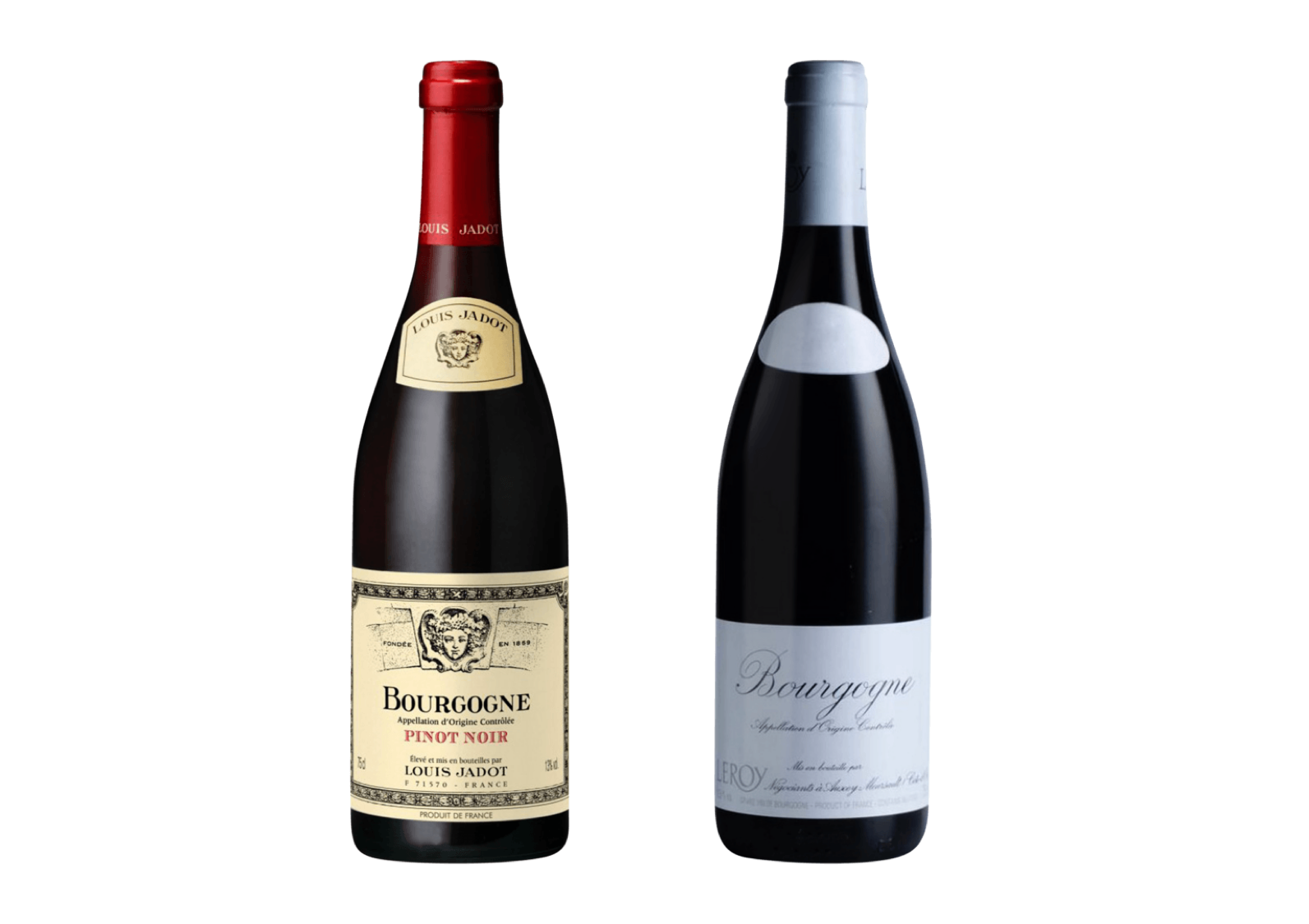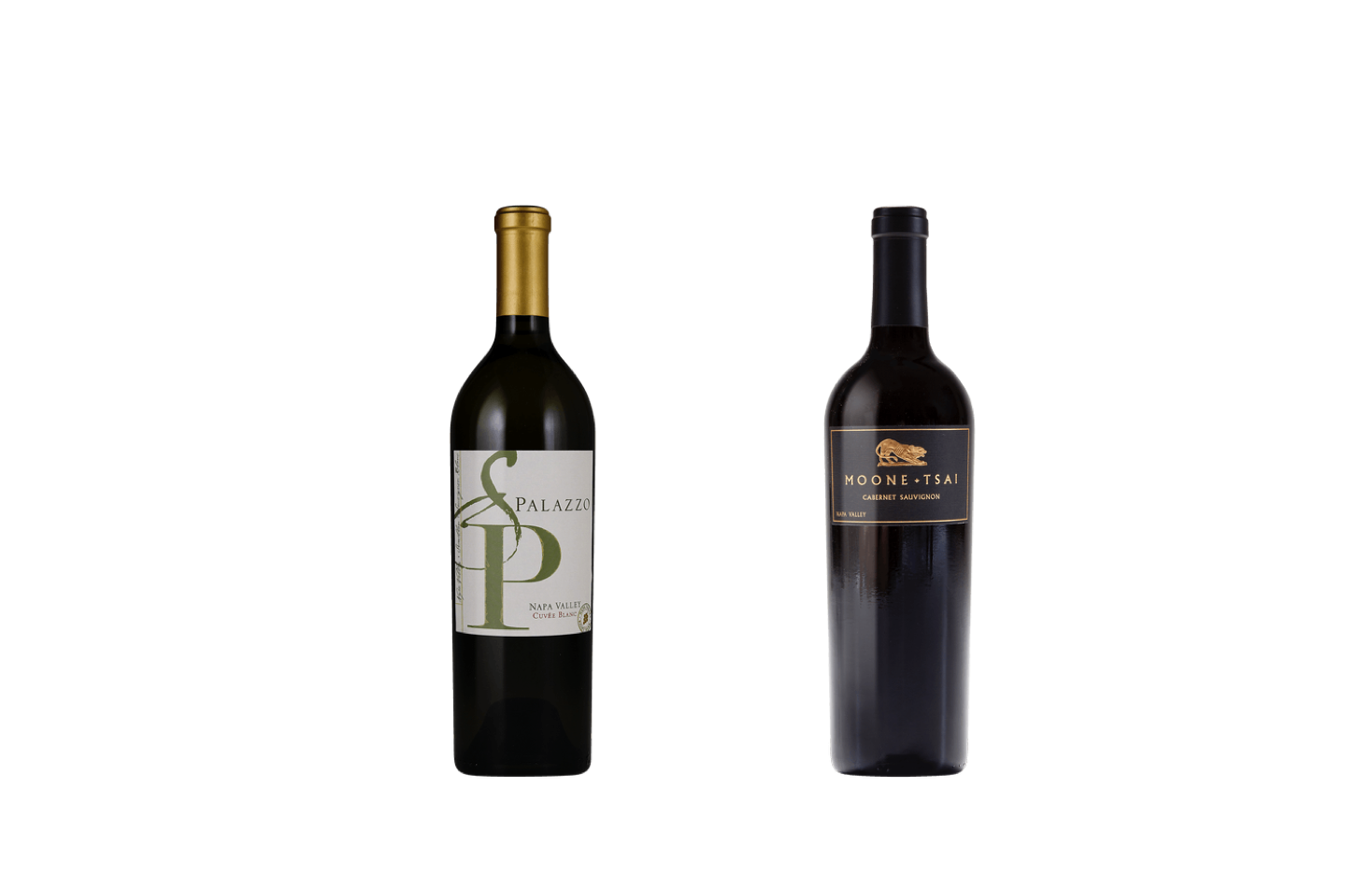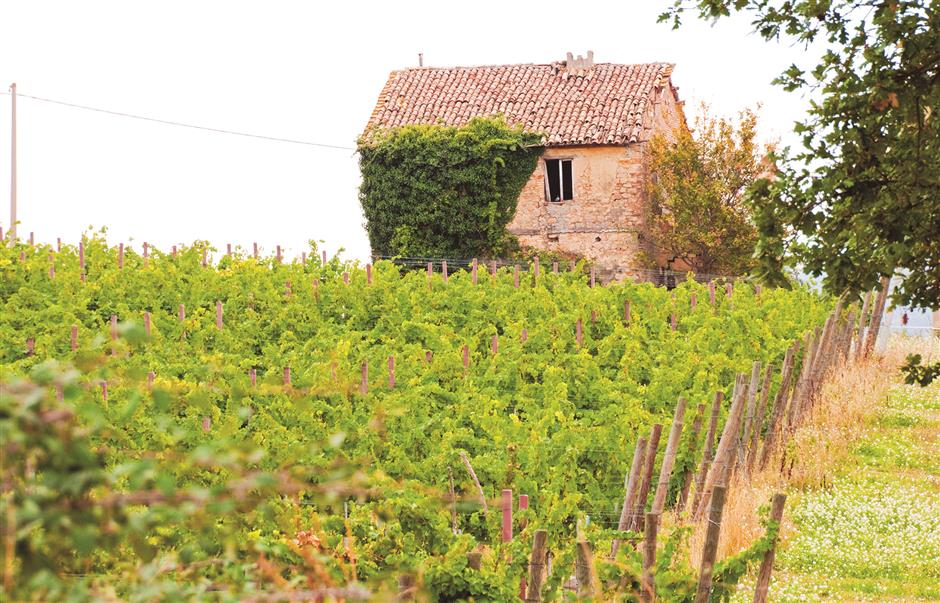Blessed by abundant natural resources, Chile offers some of the world’s most intriguing foods and wines. Vines were first planted in Chile in the mid 16th century by Spanish missionaries and settlers making the country one of the oldest of the new world producers. Over the past three decades, new investment in technology and winemaking skills has resulted in a vast improvement in quality. In fact, many consider the price quality ratio of Chilean wines to be the best in the world.

Ideally paired with Chilean wines are two of Chile’s most historic dishes, ceviche and curanto. Ceviche is a popular dish all along the Pacific coast of south and central America but the Chilean interpretation is perhaps the most famous. Made with raw fish from the sea, usually seabass, salmon or corvine, this dish entails no cooking. The fish cubes are marinated in lemon or other citrus juices with some white wine, chilies and other herbs and spices. The acidity in the juice and wine marinates the fish resulting in a fresh and intensely flavorful experience. The best wines to pair with this dish are the most acidic, in Chile this usually means Sauvignon Blanc. Two excellent value wines available in Shanghai are the Miguel Torres, Santa Digna Sauvignon Blanc, a fresh lively wine with intriguing aromas, and Carmen, Reserva Sauvignon Blanc, offering zesty ripe fruit and a pleasingly long finish. Both wines will harmoniously blend with the ingredients of the ceviche wile accentuating the freshness of the raw fish.
One of the world’s oldest dishes is curanto. With native Indian and Polynesian -roots dating back over 6,000 years this is one of the national dishes of Chile. The traditional way to make curanto is to dig a deep pit and throw in stones that are heated in a bon fire until red. Layers of shellfish, meats, potatoes and vegetables are separated by rhubarb leaves and the whole concoction is sealed by more leaves or other covers. In restaurants and homes, the pit is replaced by a pot over a fire but the layers of ingredients and leaves remain the same. Both traditional and modern renditions result in a savory feast of varied flavors, textures and aromas. The challenge is to pick a wine that gracefully pairs with both shellfish and meats. This means very hearty white wines or even better, balanced red wines with good acidity. My recommendation would be the Santa Rita Reserva Carmenere, Vina Aquitania Reserva Cabernet Sauvignon and Baron Philippe de Rothschild Carmenere Reserva. This trio of reds combines the fresh fruit needed with the shellfish and the tannins to embellish the flavors of the meats and facilitate digestion. Overall, a wonderful Chilean experience!





